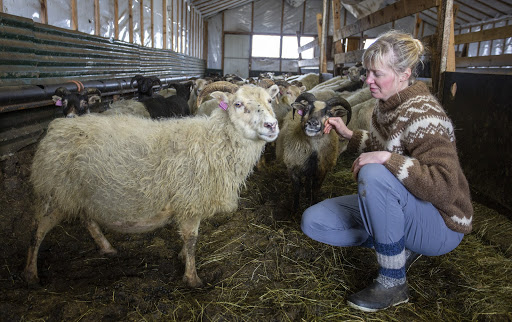Icelandic sheep farming is a tradition that dates back to the year 874. With just one lambing season each year, farmers spend countless hours planning for the busy season through a combination of traditional practices and modern technology.
Icelandic lambing is unique in many ways. Unlike other countries, Icelandic lambs are born in May and are free to roam for the whole summer. During the harsh winters, adult sheep are kept inside where they feed on grass. The farmers spend the summers stocking up on this grass so that the sheep have plenty of food.
To ensure that farmers can take good care of their flock and assist each sheep during birth, fósturtalningamenn, or “fetus counters,” travel between farms to perform ultrasounds on each and every female sheep in February and March. The counting of the lambs not only helps with planning the busy season, but also reduces the risk of possible loss of lambs or sheep during birth.
Because Icelandic sheep farming requires exceptional knowledge, experience, and skill, there are not many active fósturtalningamenn in Iceland. In South Iceland, just two farmers, Heiða Guðný Ásgeirsdóttir and Elín Heiða Valsdóttir, service all 600 farms in the region! Lambing season is a busy period, but farmers say it is all worth it to ensure the safety of each sheep and lamb.
Interested in learning more about traditional Icelandic lamb? Check out Icelandic Lamb’s website!


Comments
article Next
article